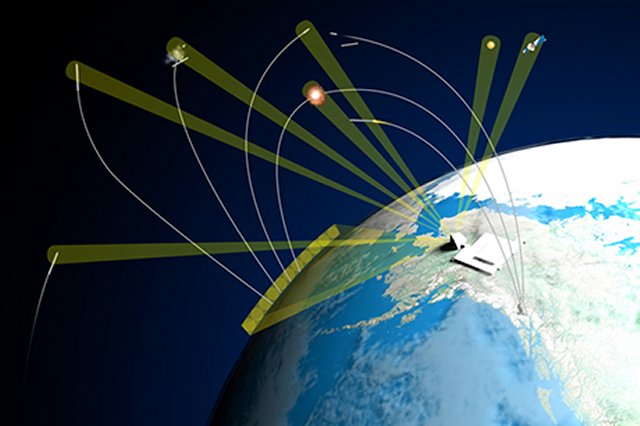|
|
|||
|
Defence & Security Industry News - Lockheed Martin
|
|||
|
|
|||
| Lockheed Martin received a $784mn contract to develop a Long Range Discrimation Radar | |||
|
Lockheed Martin has been awarded a $784,289,883 contract with options to develop, deploy, test, and operate a Long Range Discrimination Radar (LRDR). The LRDR will provide persistent discrimination capability to the Ballistic Missile Defense system to support the defense of the United States, the US Department of Defense announced on Oct. 21, 2015.
|
|||
|
|
|||
 (Credit: Lockheed Martin) (Credit: Lockheed Martin) |
|||
|
|
|||
|
The US Missile Defense Agency in Huntsville, Alabama is handling the contract with Lockheed Martin.
LRDR is a long range radar that will provide precision metric data to improve ballistic defense discrimination and replace existing sensors in the Ballistic Missile Defense System (BMDS). With a mission of protecting the homeland, LRDR will keep pace with evolving ballistic missile threats and increase the effectiveness of ground based interceptors. The program is built upon the U.S. government’s long-term investment in S-Band radar, ground-based radar, and systems integration, as evident in such Lockheed Martin technologies as the Aegis Combat System, Space Fence and Aegis Ashore. This solid state, gallium nitride (GaN)-based radar utilizes Lockheed Martin’s Open GaN Foundry model, which leverages relationships with strategic GaN suppliers. LRDR combines proven solid-state radar technologies with proven ballistic missile defense algorithms, all based upon an open architecture platform capable of meeting future growth. |
|||














